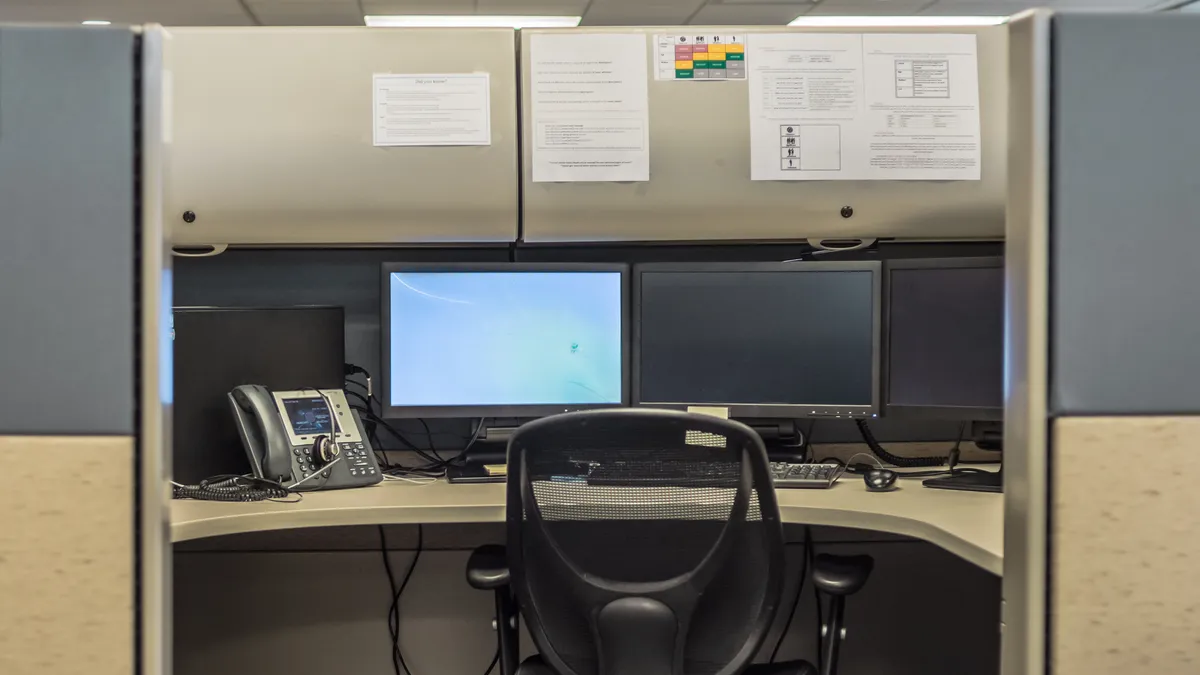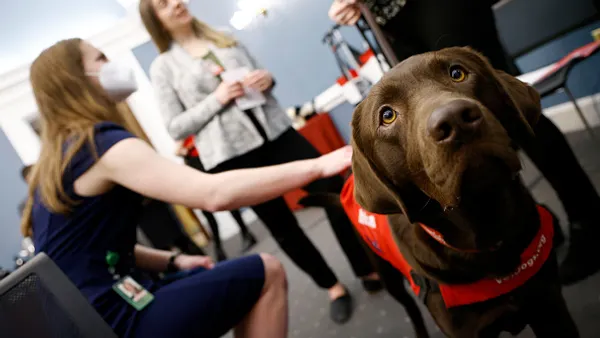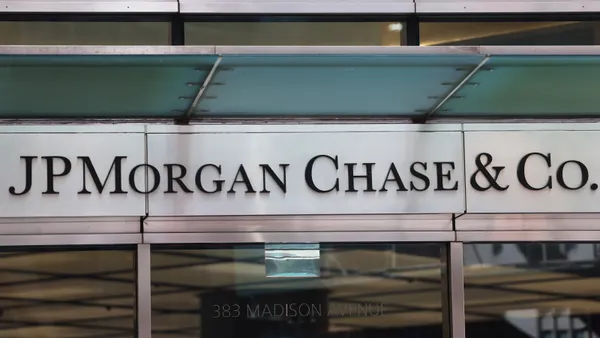President Joseph R. Biden Jr., who turned age 78 on Nov. 20, was sworn into office today as the 46th president of the United States — and is the oldest commander in chief in the nation's history.
The former vice president and longtime senator is set to lead the country until age 82 and potentially well into his 80s, if elected for a second term. In reflecting on Biden's election breaking age precedents, a comparison can be made to how older employees are perceived in the workplace at large in the U.S. Studies have shown that workers ages 55 and older continue to experience ageism from employers, particularly amid the coronavirus pandemic.
"Sadly, coronavirus has caused a disruption for almost everyone, including those of underrepresented categories, which would include older professionals," T. Tara Turk-Haynes, vice president of diversity, equity and inclusion and talent management at Leaf Group, a content company that operates online brands, told HR Dive in an email. The Retirement Equity Lab at The New School found the unemployment rates for those age 55 and older exceeded mid-career workers and remained high for at least a six month stretch, the first time since 1973, according to its October stats, Turk-Haynes said.
The Retirement Equity Lab found that "older workers lost jobs faster and returned to work slower" than mid-career employees, according to the report. From April through September, older workers' six month average unemployment rate was 9.7% compared to mid-career workers' rate of 8.6% creating an unemployment gap of about 1.1 percentage points, researchers found — a rate that "persisted due to an unequal recovery for older workers," the report stated. It's also important to keep in mind that older workers also "include other underrepresented groups like women, Black, and Latin American workers," Turk-Haynes said.
A working paper by the National Bureau of Economic Research (NBER) published in June also found that the current recession disproportionately affected workers ages 65 and older. "The COVID-19 pandemic and resulting recession hit older people, especially older women, even harder than past recessions," NBER stated in the report.
The unemployment rates in April 2020 increased to approximately 15.43% for workers ages 65 and older, in comparison to 12.99% for those ages 25-44. "Even if older people brave the elevated risks to apply for jobs, they may face even more age discrimination in addition to the high levels of age discrimination that already occur, especially during recessions," according to the report. For example, companies may assume that hiring older workers poses a risk because their age group is statistically more susceptible to the coronavirus, NBER stated in the report.
The increase in telework policies in 2020 to stop the spread of the coronavirus may have drawn attention to generational differences, Carla Bevins, assistant teaching professor of business communications at Carnegie Mellon University's Tepper School of Business, previously told HR Dive. However, age discrimination was rampant even before the pandemic, Bevins said. In particular, tech firms "have perpetuated the ageism bias, and this is disadvantageous to both companies and employees," she said. "There is often a fixed mindset surrounding the roles older and younger employees take on the skill sets they have."
Although the U.S. Equal Employment Opportunity Commission enforces the Age Discrimination in Employment Act (ADEA) of 1967 that prohibits discrimination based on age against an individual 40 years of age or older, ageism persists in hiring, on-the-job situations and firing, a 2019 report by AARP found. The organization called ageism the "last acceptable bias." Large employers may tolerate ageism as the laws that protect older workers are "decidedly weaker" compared to other illegal forms of discrimination, AARP said in the report.
The Retirement Equity Lab recommended that Congress create a federal Older Workers Bureau, among other actions such as extending unemployment benefits for older workers. In regard to employers, EEOC's guidance updated in June reminds employers they should take caution when making employment decisions based on age; for example, it's unlawful for employers to unilaterally exclude older workers from the workplace based on age.
"The responsibility of companies is to create a hiring practice that is equitable for all groups of people seeking new employment," Turk-Haynes said. Companies can reach out to organizations of underrepresented groups to ensure "casting a wider net;" if possible use blind hiring in recruiting; and provide education training for teams interviewing candidates, she said. "Removing bias whether conscious or unconscious plays a huge part in successful equitable hiring as well, Turk-Haynes added. "The idea is to ensure we are being reactive to one underrepresented category but proactive in all."
In essence, age discrimination and bias is contrary to the diversity, equity and inclusion efforts that many companies have pledged to undertake.














